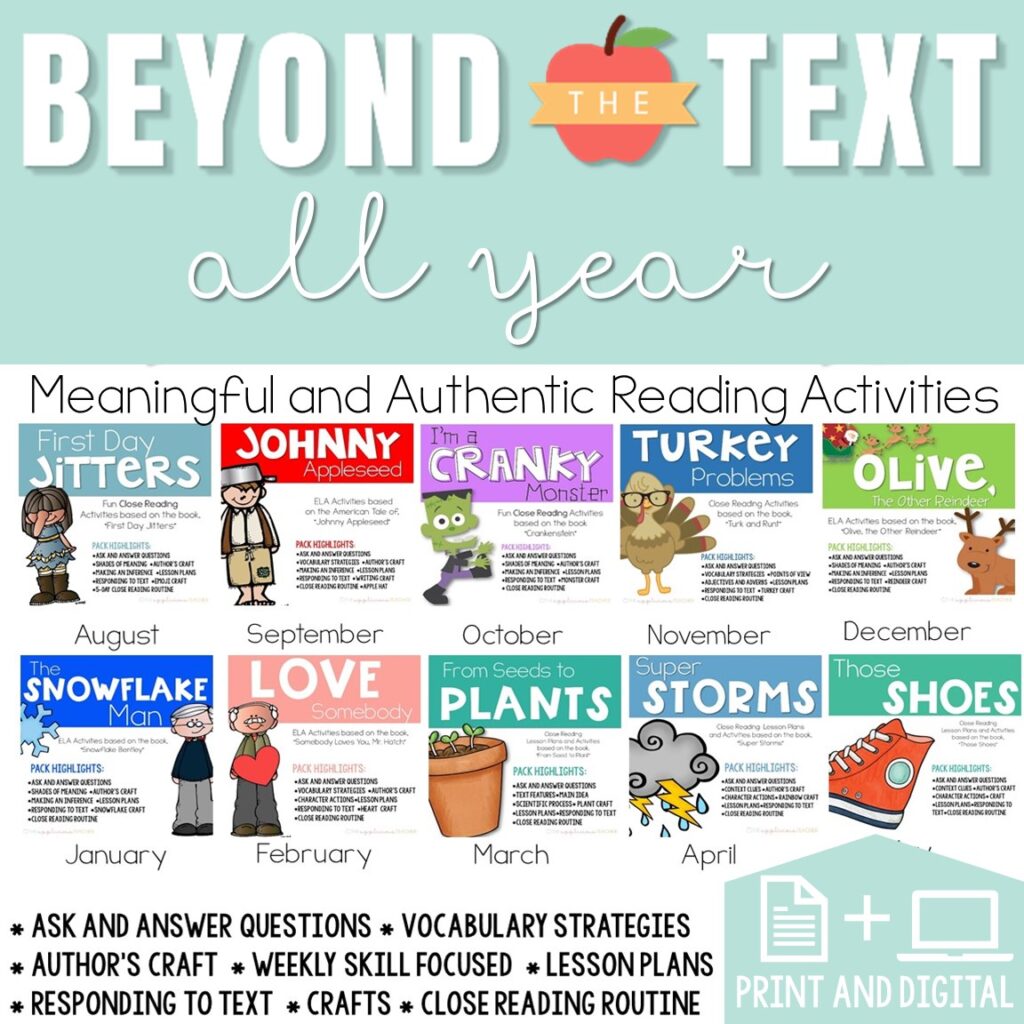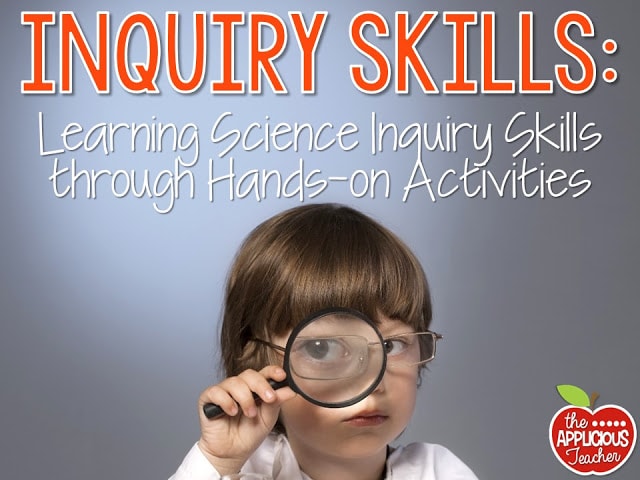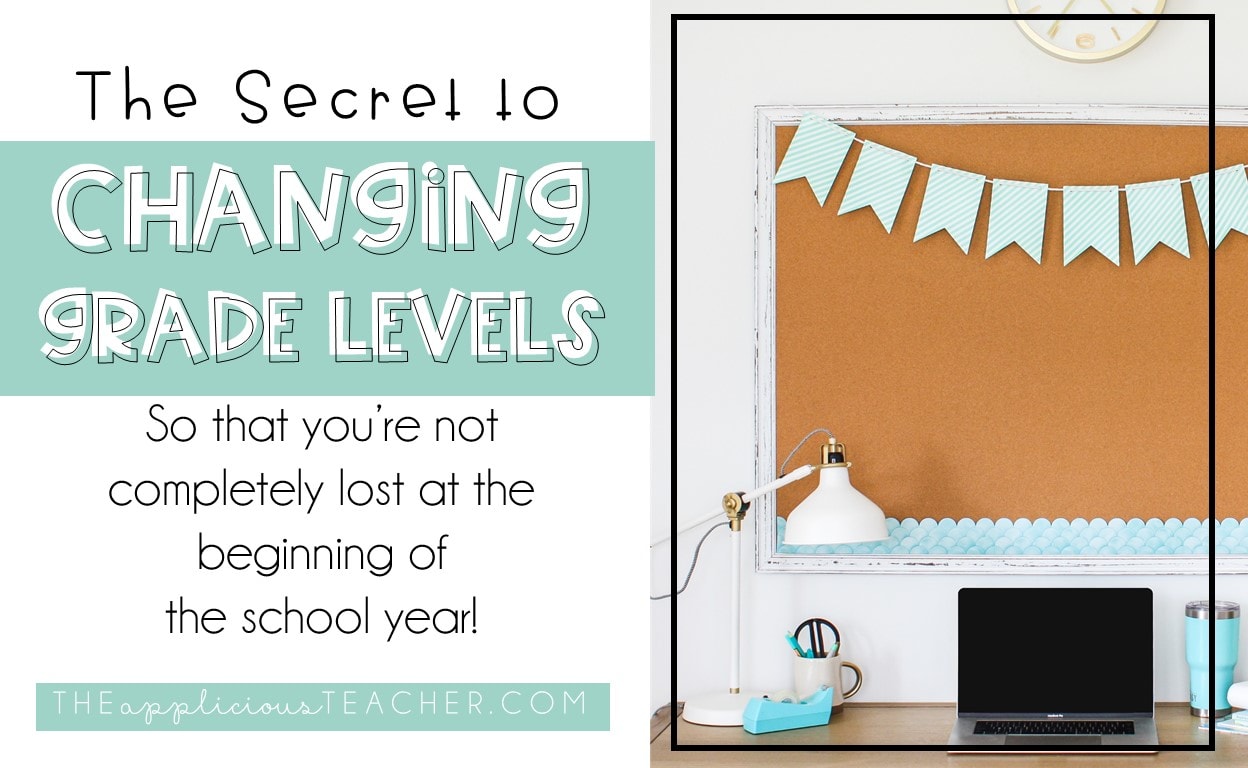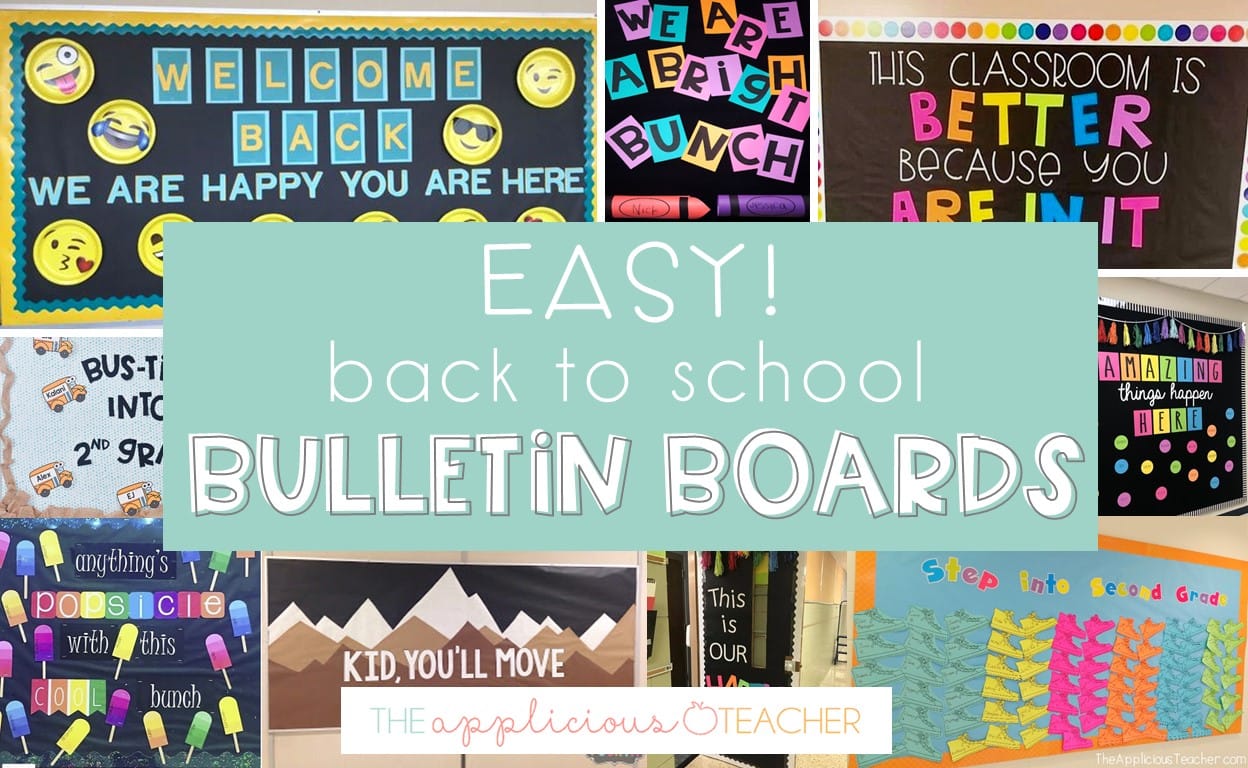Please note this post contains affiliate links, which means I receive a small commission if you make a purchase using this link.
Yeah! You’ve got your first teaching job! Whoop-Whoop! But now things are getting real… you’re overworked, underpaid, and stressed to the max! As a new teacher, mistakes seem to be the bane of your existence. But don’t stress… mistakes are a part of teaching. They will happen. Some are more terrible than others. Some are silly, others only effect you, but you’ll make them.
The good news?
Mistakes are how you learn. How you grow, perfect your teaching craft, stretch your wings, and find your flow. Without them, teaching would be WAY to boring in my opinion. But seriously, without them, you’d never become a better, reflective educator. So let’s talk about those mistakes! I’m here to share with you the five mistakes you MUST make as a new teacher. These are mistakes you’ll be thankful for later in your career, I promise!
Mistake One: Late for Lunch…
Or really running late for anything. Lunch, Special Area classes, dismissal.. you’ll be late a few times your first year (heck your first few years and beyond depending on your students!)
Why it’s a Good Mistake:
Being late can be discouraging. Especially if it interferes with your colleagues’ schedules. But, there’s a lesson to be learned here. That lesson is how to better manage your time. This is a lesson you might only have to suffer through your first few years. Or if you’re like me, seem to suffer even after 9 years… but it’s a good one. Being late for lunch is no fun, and if done consistently, can land you into trouble with your administration. But, it gives you a starting place for reflection on what’s happening in your classroom and how your time should be better managed.
Ways to Resolve:

- Classroom Timer– Setting a timer gives clear time guidelines on how long or short activities should take. If you’re still having an issue working within your expected time frame, you may need to reevaluate the lesson. I’m a HUGE fan of these classroom timers for this very reason. I’m an eternal optimistic (read: think I have more time then I actually have) This timer creates a visual for how much time we really have to complete the lesson at hand. Even the kiddos look at it. The passage of time can be an abstract concept, but using a visual aid like this gives time a concrete stance.
- Classroom Procedure Review– if you’re finding you’re running late because your students are struggling to clean up, pack up, or line up properly, this is probably a training issue. You may need to block out an additional 10-15 minutes before the transition to review your procedures for completing the task. Make it fun by using students to model. Add a little class team building by timing your students to see how quickly they can complete the desired task, then over the next few days, work to shave a few more minutes off. Offering a reward for meeting a goal adds an extra incentive for getting clean up quickly. Don’t over think the reward. It could be something as small as add those few saved minutes to recess, or playing a quick game before math.
- Student Time Manager- If your students are on point with transitions, but you still seem to be running late to everything, consider adding a “Time Manager” to your classroom jobs. This works well in classrooms with students who can tell time, so I suggest this job either after Christmas break in 2nd grade or at any point in grades 3-5. This puts a student in charge of keeping you on track. There is nothing better then when students feel like they are contributing to the overall success of a classroom, especially if it helps the teacher.
- 5 Minutes Early- My first year, I seemed to be running late to everything. Even though I felt like I was giving my students enough time to clean up before lunch, we were always a few minutes late. #sofrustrating. I was out in a portable, a sizable walk from the rest of school, so even though we were ready to go in a timely fashion, it was still taking us an additional 5-10 minutes to get anywhere. I finally decided to set my classroom clock ahead by 5 minutes. This forced me to build in travel time into my day.
Mistake Two: Lesson Going South
You spent hours planning the perfect lesson. You made sure it aligned to the standards, adding in differentiation, and even worked to include extension activities for students to do later during small group time or at home. Basically you created the world’s most PERFECT lesson. Now, you’re in the middle of teaching said perfect lesson and everything is going wrong, quickly! Students are un-engaged (possibly hanging from the ceiling tiles), you forgot to show a video, and where are those exit slips you made? In a nut shell… you’re lesson is going SOUTH.
Why it’s a Good Mistake:
Doesn’t matter how “perfect” your lesson seems on paper, the implementation is the key and that almost never goes as planned. Once you’ve accepted that piece, you’ll be ready to learn from this mistake. Having a lesson crash and burn comes with the territory. But it’s what you do during and after that’s important. Suffering through a few failure lessons forces you to learn when you should try and salvage the lesson or abandon ship. I’ve had to abort a few lessons before. It’s sad, but sometimes it just doesn’t work.
Ways to Resolve:
- Teachable moments- This term refers to times like these. Take a moment to think about what’s working and flow in that direction. If you’re teaching a new skill or idea, maybe you need to chunk it, or stop and teach a prerequisite skill. Even just a 2-3 minute review could set up your lesson for success.
- Change the learning mode- This may take some quick thinking, but if a lesson is going awry, you may need to change how the learning is happening. If you planned on using independent practice and students are having issues completing the task on their own you may need to do partners or small group. Or take it all the way back to guided practice. Just don’t get bogged down by parallel teaching.
- Scrap the lesson- Sometimes lessons are going soooo bad, you just need to stop. It’s hard to know when… but if you’re out of ideas on how to present information, your students are getting outta control, and you find yourself getting angry it may be time to just shut it down. After students have gone for the day, be sure to review what went wrong and re-plan the lesson for the next day.
- Observation- If you’re finding many of your lessons are having issues, then you may want a trusted colleague to conduct an informal observation. This may seem intimating at first, but having another view of the lesson is invaluable, especially if the observer is another teacher or coach. They can help review the lesson with you and pin-point the issues you may have. When I had a student teacher, her first few lessons went great, then suddenly, they started to fall flat. I did a few observations, then we reviewed her lesson components. After a few brainstorming lessons, we figured out her sound level and tone were off, so students were disengaging from the lesson. We fixed the issue rather quickly by using my classroom’s audio enhancement system. If you are uncomfortable with having a fellow teacher in your room, or don’t have access to someone, consider videoing yourself. You’d be amazed at what you pick up on after a lesson. Just be sure to have a notebook ready and focus on the positive as well as the negative.
Mistake Three: Student Behavior
Managing student behavior can be a huge issue, especially at the beginning of your career. You’re trying to take what you were taught, what feels right, and what works for your students and mix them up into a perfect classroom management package. Unfortunately, what seems right and what works for your students seem to be two different things. You’ve tried asking politely then moved to using a stern tone. But now, you feel like you are constantly yelling at your class. What gives? Student behavior issues are never a one fits all issue and what works with one class may totally tank with another. In the end it is all about consistency.
Why it’s a Good Mistake:
Learning how to handle student behavior will only work in your favor. But to do this, you need to learn from the mistakes you made in the past. For example: You’re lining up from recess and a few students are taking their time on rejoining the class. The first time it happens, you decide to not make a big deal about it. What is a few minutes of math time anyway? Then, it quickly becomes an issue with the majority of your students. You call for students to line up and now it takes at least an extra 5-10 minutes to account for everyone and settle down before heading back inside.
Do this everyday and that’s almost an hour a week of lost instructional time. By not addressing the issue right away, you’ve set a standard on “what’s allowed”. Lining up late from recess is accepted as the norm. Big mistake! But you’ll know for next time to train your students at the beginning of the year to line up quickly from recess and to correct the standard.
Ways to Resolve:
- Be Consistent- Most behavior management systems function under the same umbrella, the true difference is how consistent you as the teacher are with the program. Using rewards, consequences, reflective thinking… whatever… will only be effective if you make the effort to be consistent and always follow up.
- Routines and Procedures- Sometimes behavior issues stem from a forgotten routine or procedure (or the lack of a procedure or routine) If you’re finding a behavior frustrating or taking time away from your instruction (I’m looking at you pencil sharpener…) then either rethink/reteach your routine or make one if there isn’t one in place!
- Student Input- If tried to be consistent, you have routines in place AND review the routines and you’re still having behavior issues, talk it out. If it’s isolated, talk to just that student. If it’s a classroom issue, then talk to the class. What’s the motivation behind the issue? Are they even aware? What solutions can they provide? When I taught third grade, we had class meetings at the end of the day to discuss things like this. I was amazed at some of the solutions they’d come up with and because the solutions were from them, the majority of the time, they stuck to them!
Mistake Four: Pretending
So you’re sitting in a meeting and all of a sudden you’re ask about a program/student/theory that you have no clue about. YIKES! What’s a teacher to do? Pretend… or really, what I like to call “Fake it until you make it“. Probably not your best move… but WHEW! You just saved yourself from a little bit of embarrassment.
Why It’s a Good Mistake:
Ok… pretending to know something you actually know nothing about is not usually a good thing, but it does buy you time to learn more. Teaching is all about being responsive and thinking on your toes. The more times you have to do it, the better you become at it. I mean practice makes perfect, right? The worse thing you could do, in my opinion, is to admit you do not know, then give excuses as to why you don’t. Don’t give excuses they are a waste of your time. Give solutions on how to fix the issue.
Ways to Resolve:
- Admitting, but Giving a Solution- Sometimes there are answers to questions you truly just do not know. Admitting that can be worth the gamble, as long as you follow it up correctly with a solution. For example: A parent asks you about the testing procedures to have their child screened for learning exceptionalities. You are honestly not quite sure where to start. Admitting this seems like a disaster to your parent/teacher relationship. But if you admit you’re not quite sure of the details, but know who to contact, you’re showing you can solve the issue. Just make sure you follow through!
- Research- So today at your PLC meeting your admin brought up the idea of using a PBSS. You *think* you remember this term from one of your courses in college, but struggle to place it. Just smile and nod, then run back to your room to research. Thank goodness for phones with data plans. Now at your next PLC you can share how you plan to support your school wide positive behavior system. Lesson learned: write it down and research it.
Mistake Five: Too Much Too Soon
New classroom, new kids, new school, new district, it is all sooo new! So what’s a good teacher to do? Read all the blogs and copy EVERYTHING these amazing teachers are doing. From Pinterest inspired bulletin boards to flexible seating and digital classrooms…I mean to be a good teacher, you need to #doallthethings. But now, you’re just tired and overwhelmed.
Why it’s a Good Mistake:
Trying to do it all is a good thing, even if you don’t do it all well. Why? It shows you care, you are trying, and you are willing to work hard.
Ways to Resolve:
- Choose One Item- It is so tempting to jump on every new teacher-trend bandwagon. But, you need to do what’s best for your students and yourself as a teacher. Choose one initiative and work to prefect that before adding another to the mix.
- Do What Works for You- So you love the idea of flexible seating and you really want to try it in your new room. Great! Make it work for you. Maybe you start with alternative seating for small group time, then the following year you add in flexible seating. Too much too soon will overwhelm you and your students, so make sure you work in a time frame that works for everyone.
- Focus on What’s Important- Student learning is king, so make sure your efforts are placed on things that will improve this. Having the best hallway display in the school doesn’t make you a better teacher, or help the students in your room. Be sure you’re focusing efforts on things that directly impact your students’ learning. Creating a caring and safe learning environment will aid your students in their academic growth. The fluffy stuff can come later.
So now you’re a pro at making mistakes and learning from them, let’s talk a little about the mistakes you should avoid at all costs.
Please note, I am assuming that you know that harming your students or placing them in harms way is a complete and under NO-NO. I will not insult your professionalism my warning you against inappropriate actions.
Three Mistakes to Avoid at All Costs:
Mistake One: Thinking You Can do it All on Your Own…
Sometimes working with others can be difficult. It’s tempting to ditch the group and march the beat of your own drum. Especially if you’re not a fan of the teaching practices of your current team. You don’t always have to get along, but don’t alienate yourself from the people you work with. They are your backbone, your savior, your lifeline. Distancing yourself from them will only spell disaster for you. Some of the best ideas, lessons, and resources come from team collaboration, so not being collaborative is shooting yourself in the foot
Ways to Avoid Making this Mistake:
- Eat Lunch Together- I get it, sometimes you need to get stuff done during the day and that means working in your classroom through lunch. Just don’t make it a habit. Take time for you (and your team) and eat lunch together. You’ll laugh, talk, and be social. It also tells your team you value the time you get to spend with them.
- Listen- Sometimes it’s easier to talk then listen, but if you want to improve the relationship with your teammates, listen more than talk. They can help you problem solve, share a best practice tip, or save you TONS of time, if you just take a moment to listen.
- Be Open– I’ve found sometimes educators think they have all the answers, or there way is the best way, but that isn’t always the case. Just because you’ve always done it that way, or that’s what you were taught in college doesn’t make it right for every situation. Be open to new ideas, even if they compete with what you think is best.
Mistake Two: Alienating Parents
When you’re new to education, the last thing you want is your teaching to become a spectator sport. But be weary of alienating parents. Yes, it’s scary to have someone else in your classroom when you’re still trying to figure it all out, but parents can be your best ally. My first year was TOUGH. With 12 boys and 6 girls, I was barely holding my head above water. My saving grace was a parent who came once a week to help. She cut lamination, took students to the library and even helped to organize my supplies. In the end, I’m not sure I would have made it out alive without her. Since then, I’ve learned to embrace parents and make them part of the school-home team.
Ways to Avoid Making this Mistake:
- Allow Volunteers- Yes, it’s hard to open up your doors to parents, but allowing them to come in once a week or a few times a month does wonders. Sometimes parents like to volunteer from home! Don’t be afraid to utilize parents in helping you tackle the little stuff
- Communication- The easiest way to alienate your classroom parents is through the lack of communication. Keep the lines open. Make it easy for parents to contact you or for you to contact them. At my old district, the school supplied students with a planner. This was an easy way to communicate to parents about homework and upcoming events. Emails and even apps like Remind make it easy for you to connect with parents without always having to meet face to face.
- Conference- Let’s be honest, as a mom, I LOVE hearing about my child! Even if it is sometimes bad… Make point to conference with every single parent in your classroom at least once. Even if it is just to say, “Hey your kid is GREAT! Here’s what I want to do to make sure we stay this way…”. I promise parents will be happy to hear what you are doing to help their child. It also gives you a chance to make suggestions on how they can support your work from home.
Mistake Three: Not Being Reflective
“Take Chances. Make Mistakes, Get Messy…” Those are words to live by, Ms. Frizzle. Teaching is all about mistakes, but if you’re not reflective about the mistakes you’ve made you’re just wasting everyone’s time. There are always ways to improve, rework, or new ideas to try. Part of being teacher includes being a life long learner. Some of the best teachers aren’t the ones who never make mistakes, they’re the ones who’ve work to learn the most from their mistakes.
Ways to Avoid Making this Mistake:
- Write it Down- Sometimes a lesson goes terrible but you’re just too busy during the day to reflect. Write down the lesson for later. Maybe that evening or the next morning you review the lesson in your mind or talk it out with a teaching neighbor. The point is, you don’t forget about it!
- Talk it Out- Some issues require a second set of eyes or ears. Don’t be afraid to talk it out with a trusted colleague. I promise, they’ll want to help!
Those are just a few mistakes you should make, but I’d love to hear from other teachers. What are some mistakes you’re glad you’ve made? Share below!
Are you a new teacher and wanting to join an AMAZING support group designed to help you navigate this new inspiring career?
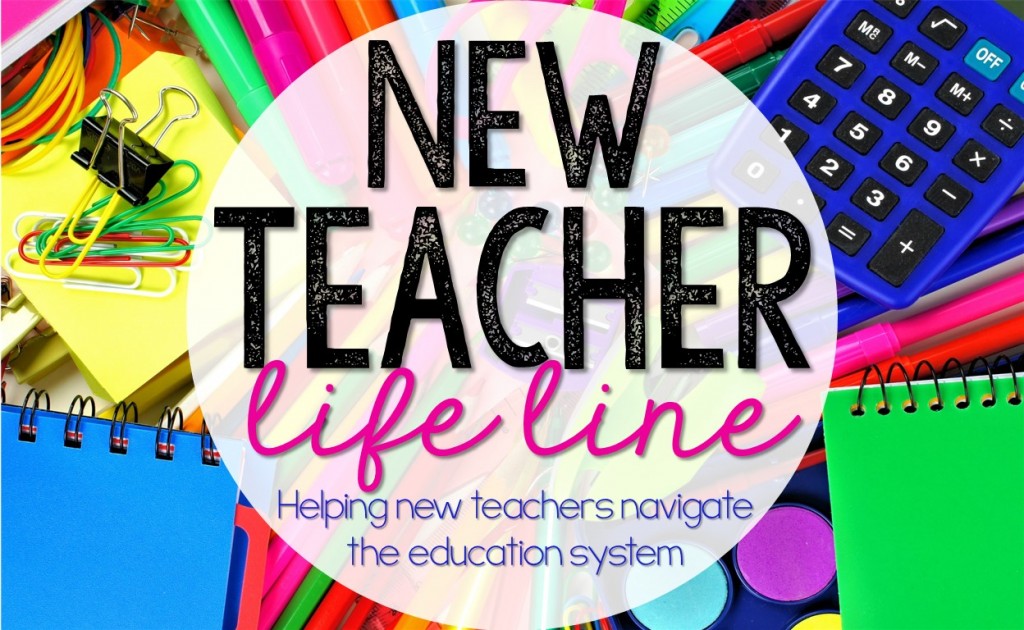
Join the New Teacher Life Line and receive new teacher specific content right to your inbox! You’ll also receive access to a members only Facebook group geared towards helping you! Click the picture or this link to sign up!
Sign up to snag these!

Receive all these classroom management tools right to your inbox!
Success! Now check your email to confirm your subscription.













